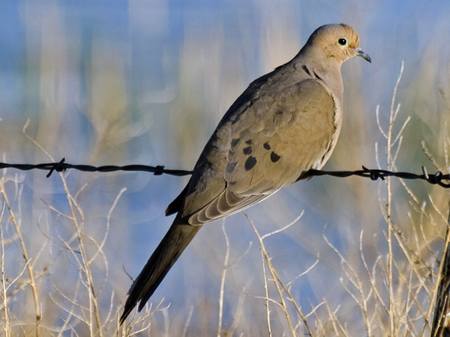Now is the time to apply for alligator hunting permits in Florida. Since 1988, the Florida Fish and Wildlife Conservation Commission (FWC) has provided hunters the chance to participate in its annual recreational statewide alligator harvest that runs August 15 to November 1 annually. There are, however, some changes this year to the application process that hunters need to know.
Florida Alligator Permits: Phase I application period
The application period for the Phase I random drawing begins May 6 at 10 a.m. and runs through May 16. More than 5,000 alligator harvest permits will be available. Hunters can submit their application for a permit that allows the harvest of two alligators on a designated harvest unit or county. Applicants must be at least 18 years of age by Aug. 15 and have a valid credit or debit card.
Applications may be submitted at any county tax collector’s office, license agent (most retail outlets that sell hunting and fishing supplies) and at GoOutdoorsFlorida.com, and applicants must provide their credit card information when they apply. This is a new change to the process from previous years. There is also a cancellation feature, which allows applicants to update their hunt choices or credit card information during the first three application phases.
More Chances at Alligator Permits
Any alligator permits remaining after the Florida’s first phase will be offered during the Phase II random drawing May 20-30. Those who were awarded a permit in Phase I may not apply during Phase II. Remaining permits will be available in Phase III to anyone who did not draw a permit in either of the first two phases, and they may be applied for June 3-13.
If any hunting permits remain after Phase III, there will be a fourth-phase issuance period beginning at 10 a.m. on June 17 until all permits are sold. Anyone may apply during Phase IV, even if they were awarded a permit in one of the earlier phases. Customers who are able to purchase additional permits will only be charged $61.50, regardless of residency or disability.
Cost of Florida Alligator Licenses and Permits
Cost for the alligator trapping license/harvest permit and two hide validation CITES tags is $271.50 for Florida residents, $21.50 for those with a Florida Resident Persons with Disabilities Hunting and Fishing License, and $1,021.50 for nonresidents. The cost for applicants who already have an alligator trapping license is $61.50.
Things to Know About Alligator Permits in Florida
Within 3 days of an application period closing, applicants can expect to see an authorization hold on their credit card verifying there is a sufficient balance to cover the cost of the hunting permit, but this does not mean they will receive a permit. Once the credit card authorization process is complete, the lottery drawing will be held. All successful applicants will be charged, while those who were unsuccessful will have the authorization hold lifted from their credit cards.
Successful applicants should expect to receive their alligator trapping license/harvest permit and two CITES alligator tags in the mail within 6 weeks of payment. Alligator trapping licenses are nontransferable. All sales are final, and no refunds will be made. For more information on alligator hunting or the application process, see the new “2016 Guide to Alligator Hunting in Florida.”

